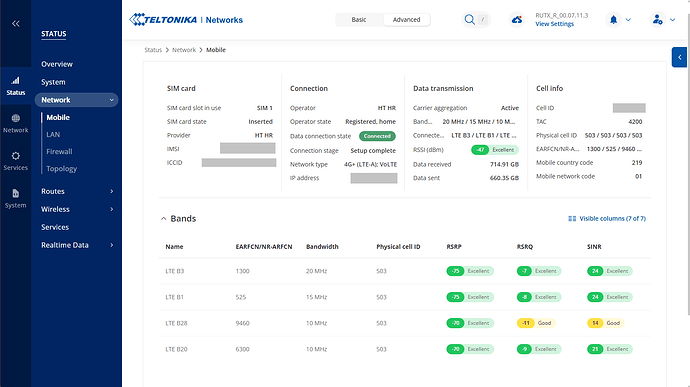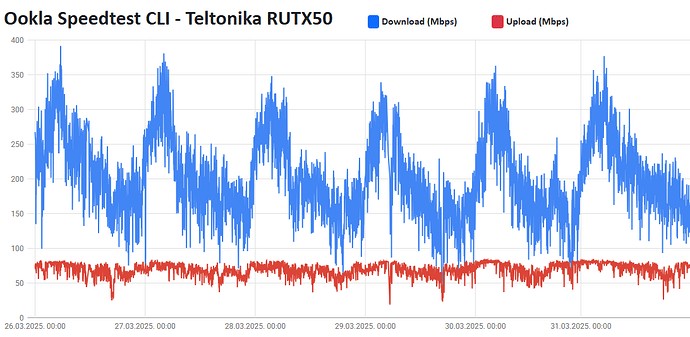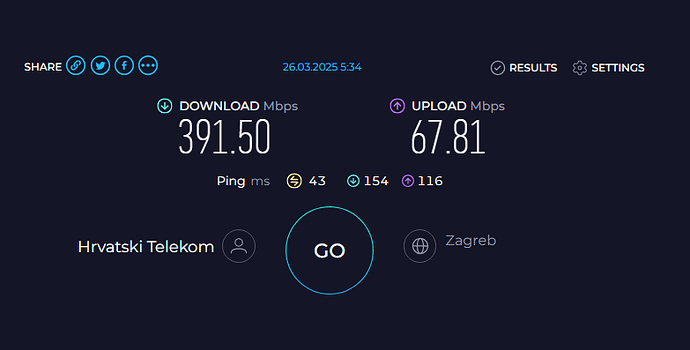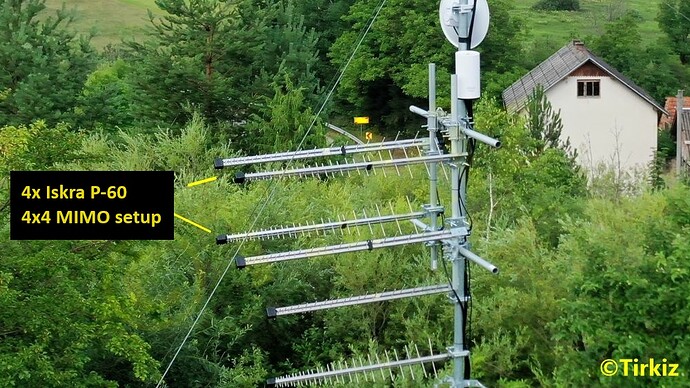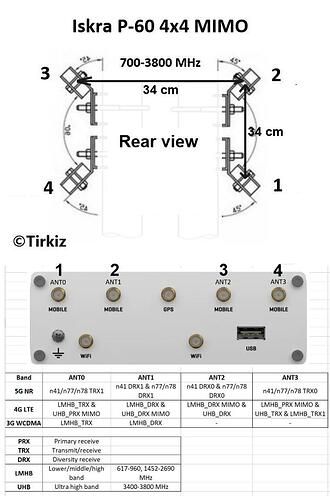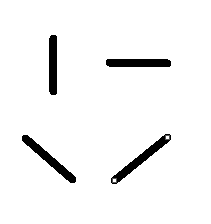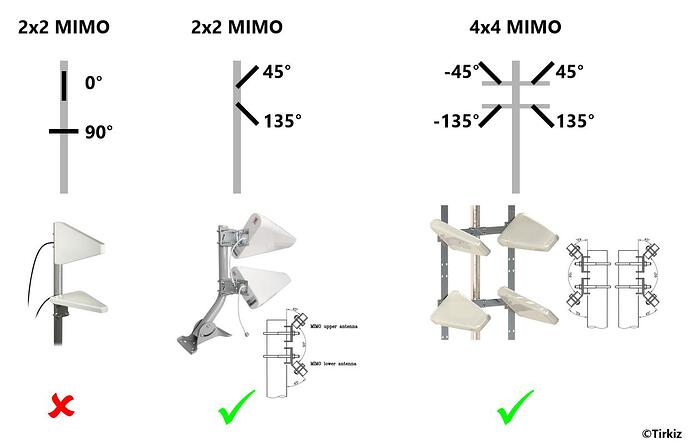Hey how is it going did you noticed improvements? I’m just reading this, Can you give me any feed back or what happened and why did you choose Teltonika first? I would truly appreciate it, thank you very much!
I agree! I have the new Teltonika RUTC50 and I have had nothing but problems, I am making a YouTube video to share with all my campervaning peeps. Teltonika are pushing junk! Mine will be returned as soon as possible. I really had no problems with the cheaper Chinese GliNet (OpenWRT based) router, however I just wanted a built in GPS system in my router. Fortunately I am still in the return period. Not to mention, what kind of support is it, when you have to turn to an interest community, rather than the company that makes the product. At least the Chinese at GLiNet contacted my directly when I had questions.
I’ve had the RUTX50 for two full years - very happy.
I’ve been streaming live cams to YouTube for two years non-stop via the RUTX50.
I make 20-25 TB of data traffic per month through this device over the LTE/4G network.
I invested in expensive directional Iskra P-60 antennas with a strong gain of 11 dBi (4 antennas). The base station is 3 km away. Due to the excellent signal, I also have excellent LTE/4G speeds.
The problems with the speeds you write about are mostly because the antennas that come with the device are weak and omnidirectional.
When buying new and external antennas, people often do not pay attention to antenna gain and directionality (and which bands they support).
Sometimes it is necessary to use cell lock to get more aggregations or connect to a specific base station that is not congested.
The modem simply works poorly when it has a weak signal, I’ve experienced that myself. Buying strong and directional antennas solved everything.
It is important to connect the antennas in the correct order due to polarization (example for my antennas)
If only two antennas are used (2x2 MIMO), the same connection order applies, numbers 1 and 2. Other combinations will not work (I personally tried all possible combinations with only two antennas/cables).
Hi Turkiz,
If you look at the Poynting 4x4 5G MIMO directional antenna (XPOL 24) then their configuration, for diversity purposes, is …
I’m no MIMO antenna specialist, but have you tried this configuration and could you offer some comments as to your configuration versus their thinking? It has always been a puzzle to me since I first saw your photos from way back.
Many thanks,
Mike
Antennas are placed obliquely at an angle of 45, 135 degrees for 2x2 MIMO and 45, 135, -45, -135 degrees for 4x4 MIMO because that is how the antennas on base stations are polarized (so-called cross-polarization).
If you place the antennas at an angle of 0 and 90 degrees, part of the signal is lost because the polarizations are not aligned, which means worse speeds and possible connection interruptions, especially if you are in rural areas where the signal is weak.
For the Poynting XPOL 24 - although it is square on the outside, it also has cross-polarized antennas inside, and that is okay. The disadvantage of this antenna is that it is more widely directed, so it also catches interference that degrades the signal quality.
The Iskra P-60 is a narrowly directed antenna, so it does not catch interference or catches it much less, so the signal is better and cleaner, and this directly affects the speeds.
Hi @tirkiz,
Many thanks for taking the time to post back … Mke
